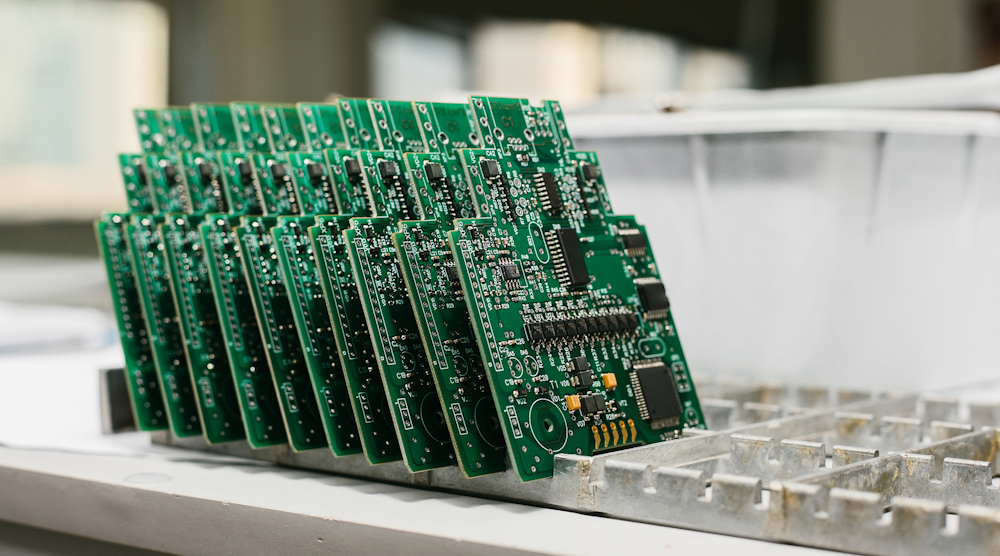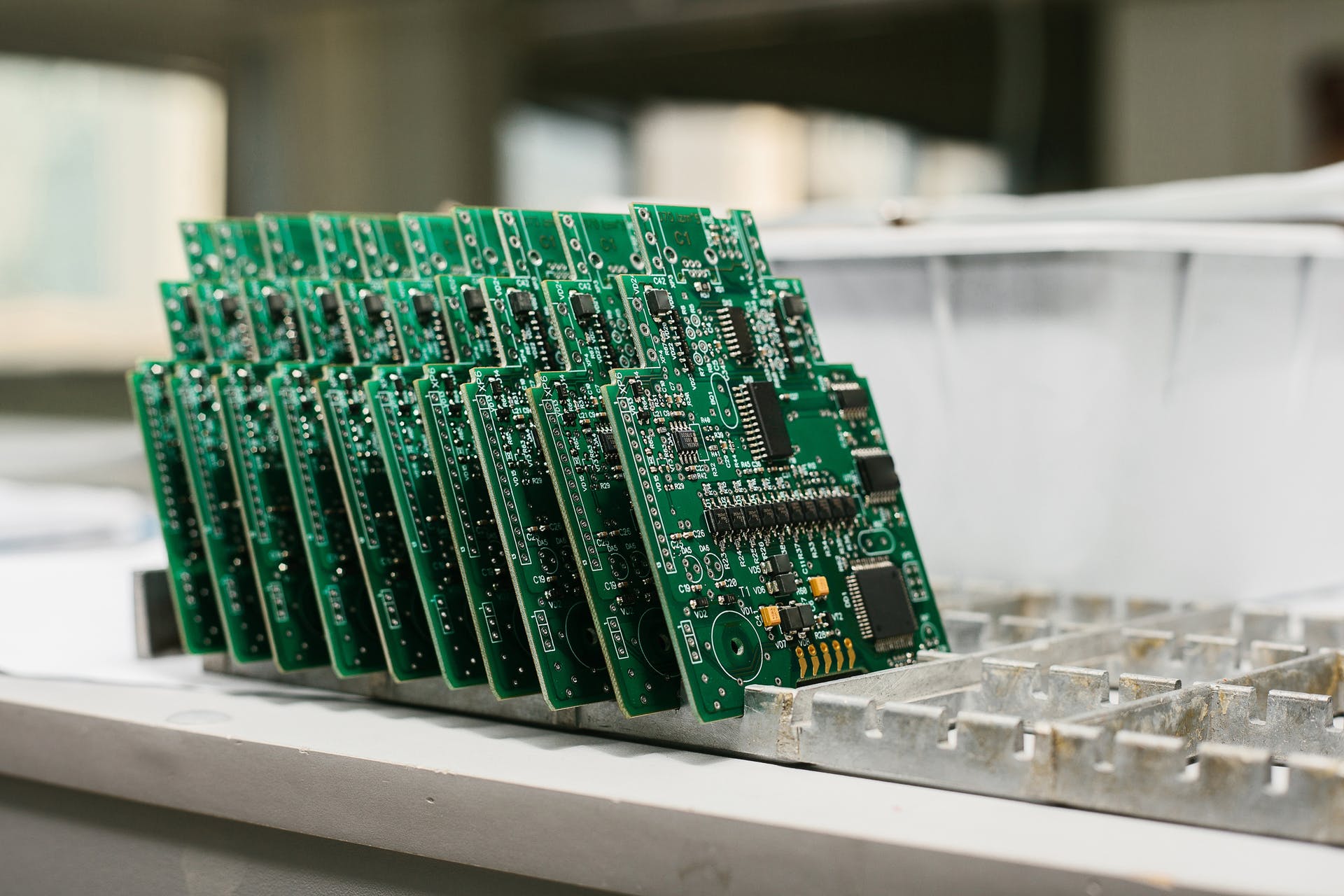High-Efficiency Buck-Boost Converter Prolongs Battery Life
Texas Instruments rolled out a new buck-boost converter with advanced power management that it said can boost the battery life of industrial and consumer Internet of Things devices by over 50%.
According to TI, the TPS63900 integrates programmable input current limits and dynamic voltage scaling to prolong the life of smaller, cheaper batteries used in IoT devices, ranging from smart door locks to sensors slapped on a factory floor or on the side of a building. It is a high-efficiency synchronous dc-dc buck-boost converter with a wide range of input and output voltages, and is said to deliver up to three times more output current than rival products.

The chip offers efficiency of more than 90% even at load current of 10 µA, the company said. The higher efficiency slashes power consumption while the system is in standby, bolstering battery life.
TI also said the chip consumes less standby current—or quiescent current (IQ)—than rival buck-boost converters. The chip boosts the battery life of sensors and other devices by sipping 75 nA of standby current. It depletes 60 nA of shutdown current, which is wasted when the system is completely asleep. A buck-boost converter is used to produce an output voltage equal, higher, or less than the input voltage from a battery or other power supply.
The IC uses dynamic voltage scaling to supply the ideal amount of power to the system, whether it is running or in a standby state, while keeping it at the minimum voltage required to run efficiently.
Another feature is its programmable input current limit. IoT devices, ranging from temperature and vibration sensors on factory floors to connected smoke alarms in buildings, are required to run for years on coin-cell lithium-ion or other batteries that are smaller, cheaper, and lighter than what consumer electronics use today. The tradeoff is that they can only store small amounts of electricity and discharge small amounts of current at a time without being damaged.
Sudden surges in current consumption not only burn through the device’s battery life, but can also result in a permanent drop in the overall capacity of the battery. TI said customers can use the input current limit to protect batteries unable to handle high peak currents, prolonging the system’s lifespan and performance. The chip also supports 400 mA of output current at input voltages of more than 2 V. Operating temperature range is –40 to 125°C.
While keeping the input current under control defends the battery from permanent damage, the chip incorporates other safety features. It includes integrated soft-start to protect against current spikes that can damage the system when starting up, resulting in failures or malfunctions. The IC also adds protections against short circuits and overheating. TI said it can be used with a wide range of batteries, including many types of lithium-ion and alkaline batteries.
The chip can handle input voltages (Vin) within the range of 1.8 to 5.5 V. The output voltage (Vout) can be programmed by customers in increments of 0.1 V from 1.8 to 5 V. The company said the chip bolsters stability by reducing up to 50% of the output-voltage ripple caused by load transients—or a sudden change in load current when the system stirs from standby or sleep mode. The chip supports fast transient response rates to choke back power consumption.
TI indicated that the device is ideal for always-on sensors and other IoT devices that consume a large amount of power in short bursts to send data to a smartphone or cloud.
The TPS69300, housed in a 2.5- × 2.5- × 0.5-mm package, is priced at 80 cents in 1,000-unit quantities. A development board is also available.
[“source=digitalelectronics”]



